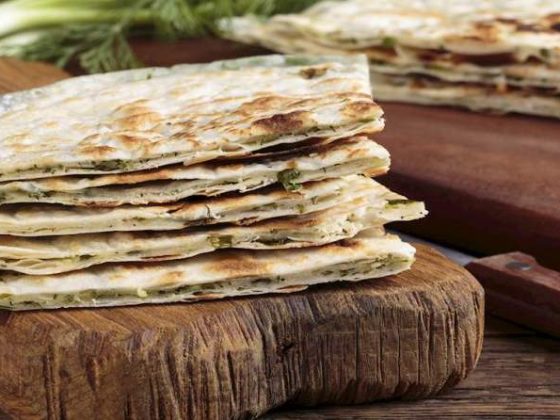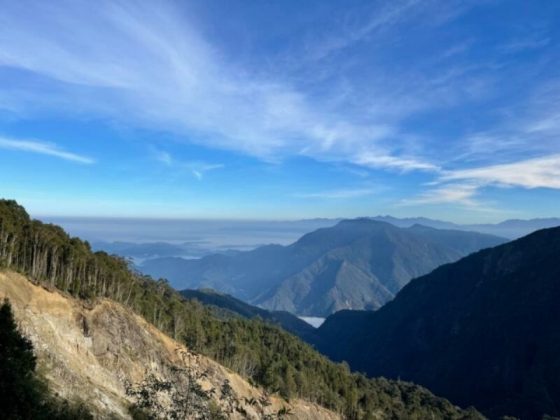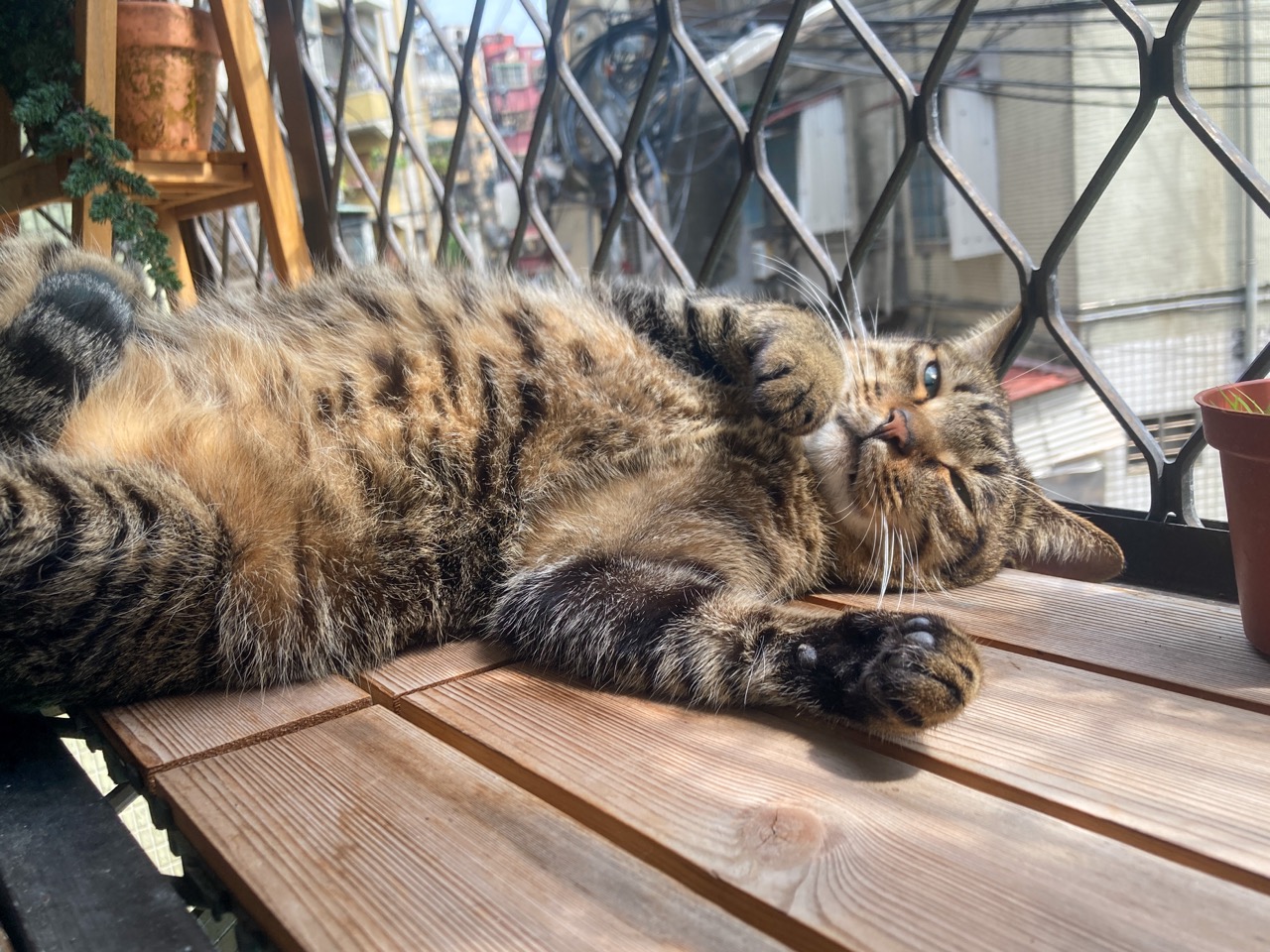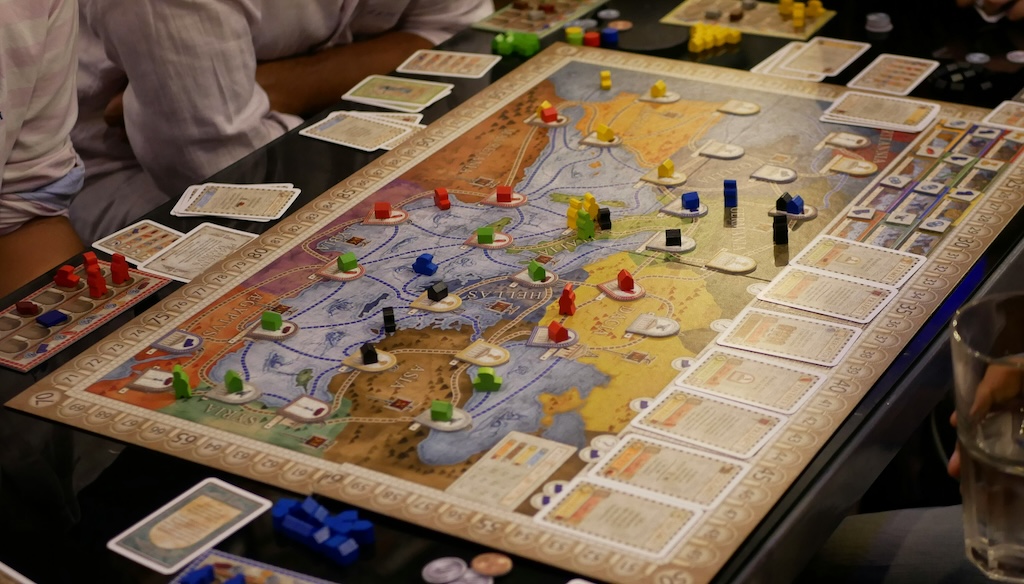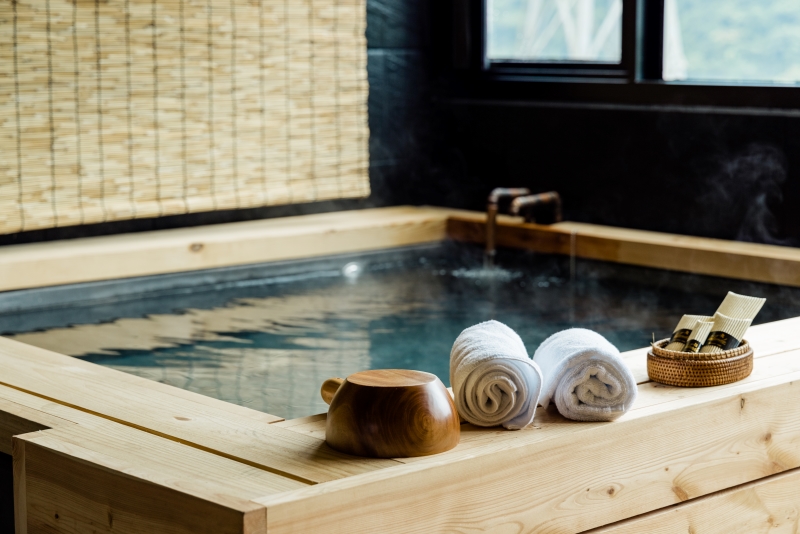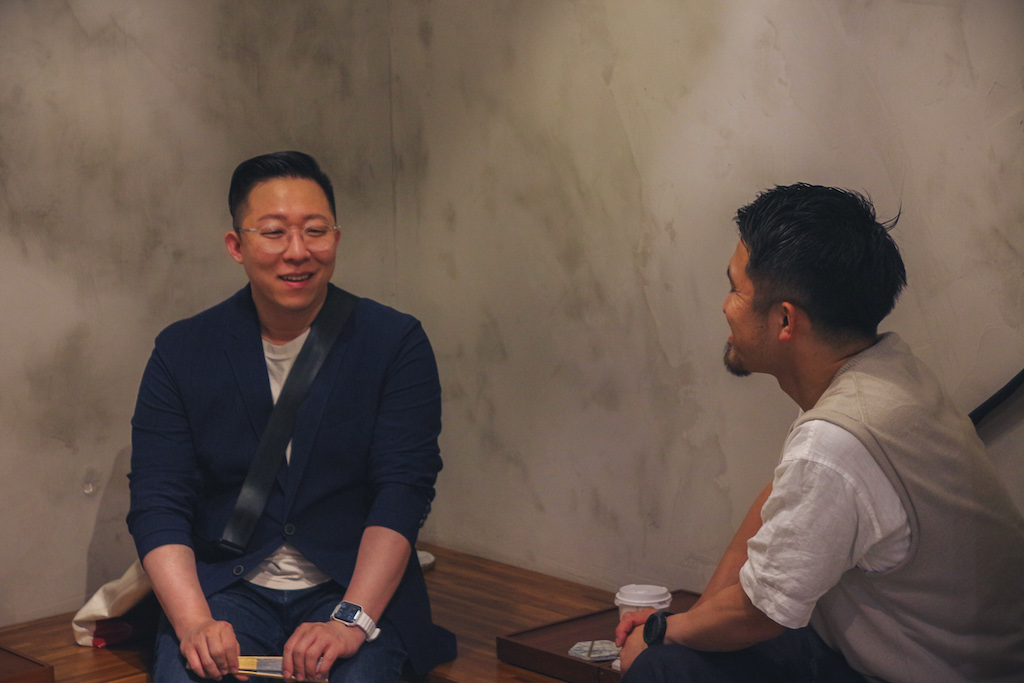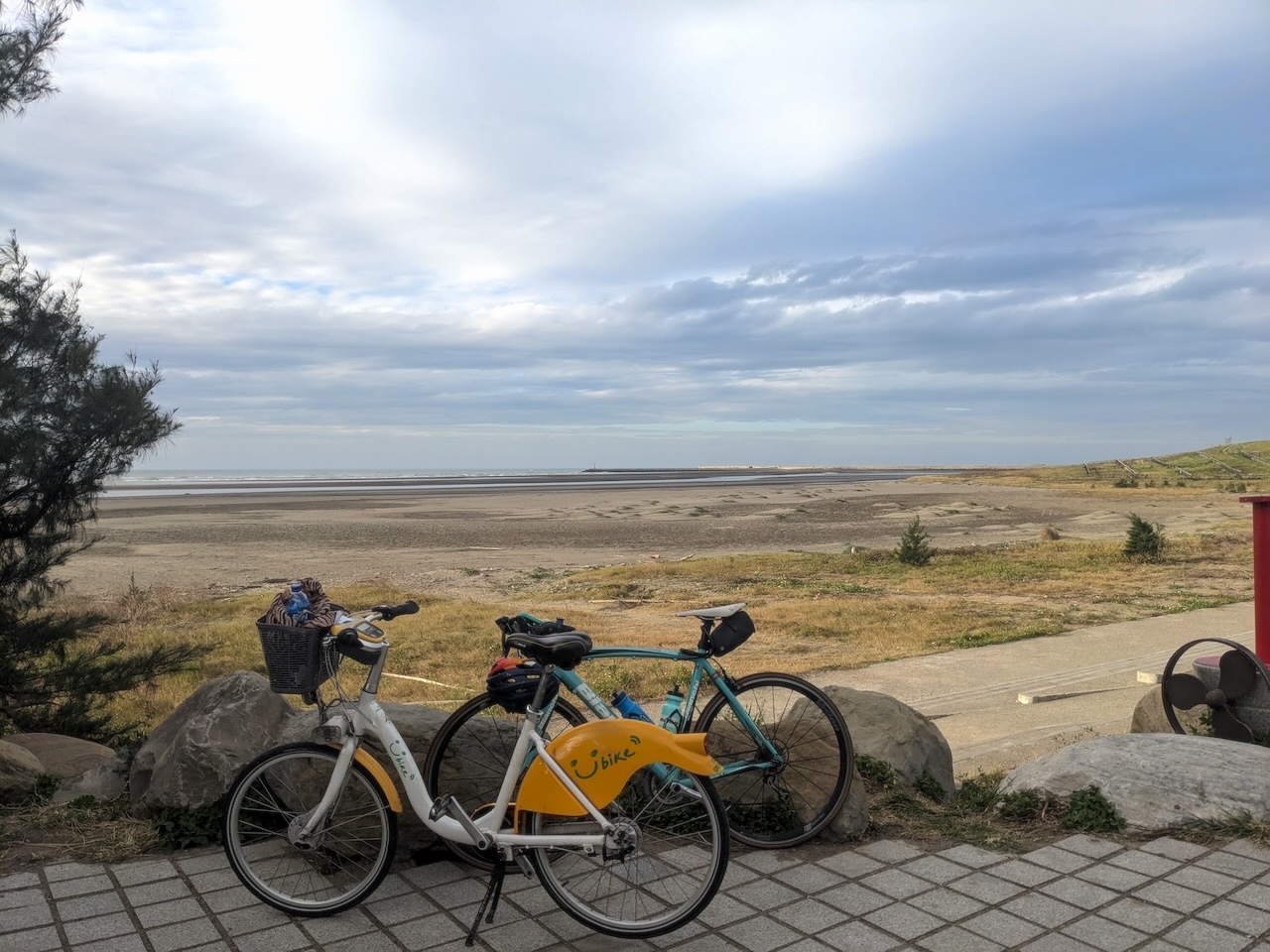Author & Photographer Tom Rook
The East Rift Valley between Hualien and Taitung is one of the prettiest and most laid back parts of the country. Until the 20th Century the area was more or less cut off from the rest of Taiwan by mountain and ocean barriers. It is the home of mostly indigenous tribes, the largest of which is the Amis. This article take you to the Amis Village of Tafalong and try and make some traditional Amis dishes while learning more about the tribe.

The village numbers several thousand and has a recorded history of over 1000 years, which can be tell in the form of wood records. The village is famous for woodcarving and katepaay, a red glutinous rice.
As a side-note the village was given a Chinese name, Guangfu, by the KMT as part of their sinicization drive in Taiwan after Japanese rule. Guangfu translates as retrocession. For the KMT this word celebrates what they perceive as the return of Taiwan to Chinese rule. Of course this event had very little to do with the indigenous tribes who simply saw the KMT as another in a wave of colonizers. There has been a campaign to have the name of the village changed officially back to its Amis name but so far this hasn’t happened.
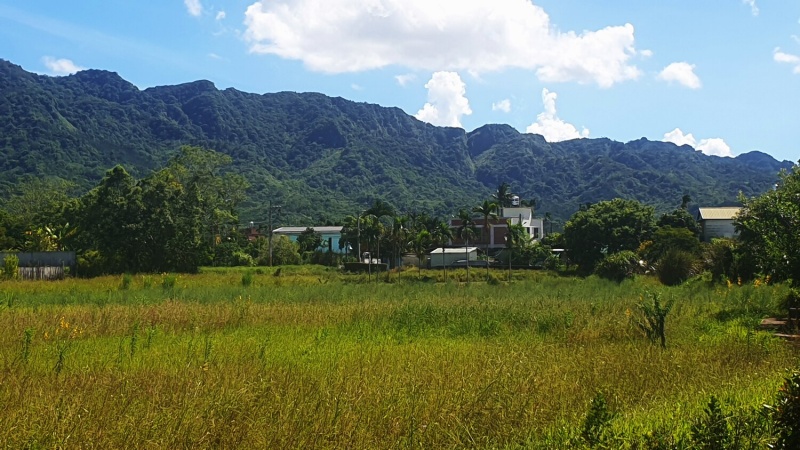
The village market was the first destination and here ingredients that would make up meals later are sampled. A lot of the items on sale were very unusual and not stuff you would see normally at markets in Taipei. They included varieties of ferns, bitter gourds, and even live frogs.
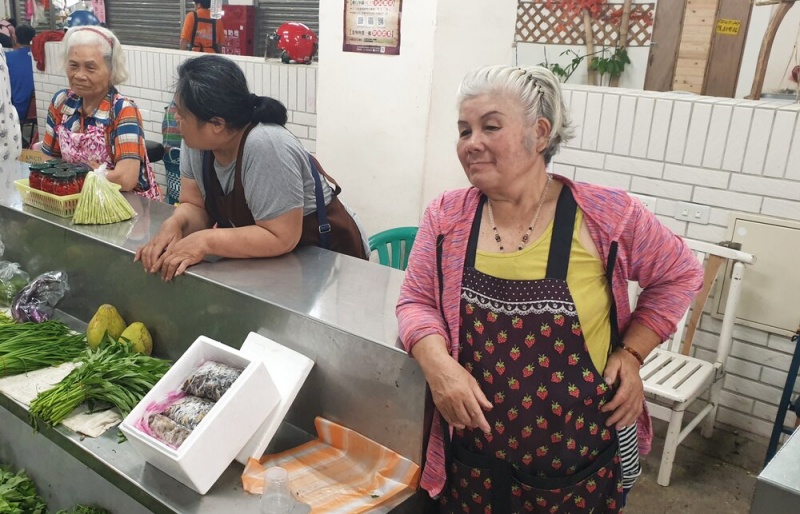
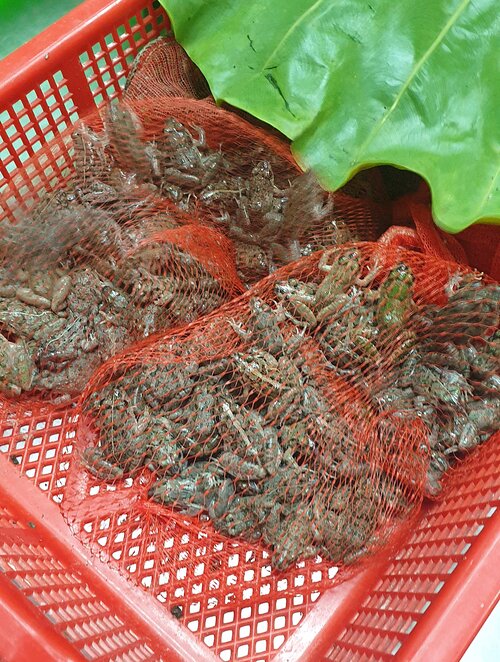
The next stop is the cooking studio and guests are greeted with a very potent traditional rice wine shot and some samples of red glutinous rice dishes to try.
The first dish guests made was a simple mix of chili, red yeast, and rice wine. This was sealed in a jar and when fermented is apparently a delicious addition to stir-fry.
The second is an important dish that Amis hunters would take with them on expeditions. First vegetables were boiled (a lot of ingredients were seen at the market) and then flour and water were mixed to create pancake batter.
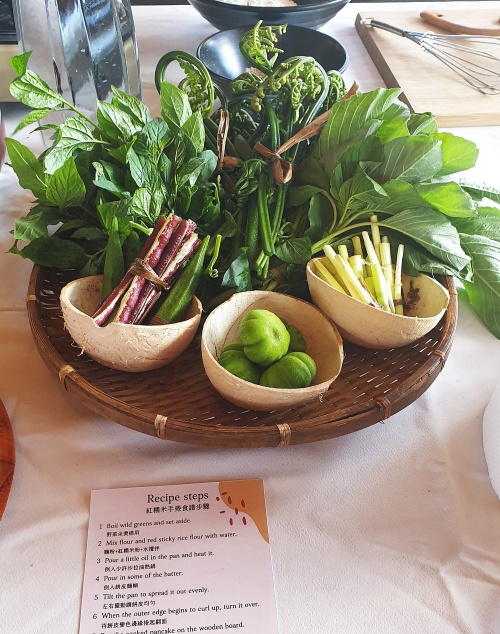
For someone who rarely cooks certain parts of this process may not work out so well. The first pancake of our writer was too damp to flip properly and ended up as a mushy lump. The vegetables were rolled up inside the pancakes creating a much healthier snack than the sweet honey covered British pancakes people in the cities are used to.

Complete pancakes were wrapped in banana leaves and tied with string. Decorated with a little flower they are then ready to be taken on hunts as small healthy lunchboxes.

Sacred house, Tradition and Feast
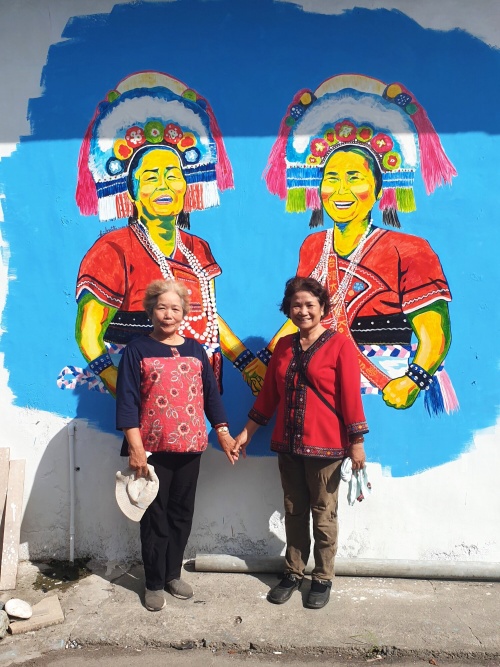
The picture above shows the two elders of a local important family. The Amis tribe is a matrilineal society so women have the position of elder and perform rituals. Behind them is a mural painted of themselves. The elders took us to the Kakitann; a home of the ancestors and a scared place where important rituals are held. The building stood for many centuries until a typhoon blew it down in the 1950’s. The sacred pillars that depicted old stories and housed the ancestors were moved to a government institute. This greatly pained some members of the tribe who in the 2000’s petitioned to have them returned.
After an unsuccessful attempt the tribe, through the medium of a shaman, communed with the ancestors. The spirits decided they wanted to be brought home and that moving the pillars wasn’t important for now. So in a big ceremony the ancestors were transported in rice wine bottles from Taipei back to this building. Some more details of this complex story can be found here.
The elders gave a small welcoming ceremony and told the story of the building. Until 1921 this was also the place where the heads of enemies taken by the tribe were displayed but the Japanese administrators stopped the tribe from doing that.
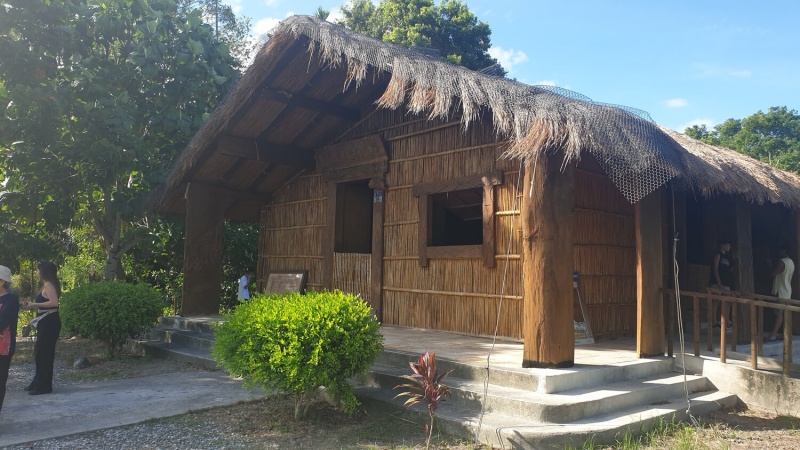
People should always jump at the chance to head to indigenous areas because they are going to eat well. The salted pork is one of people’s favorite meat preparations in Taiwan and there is always an amazing chicken dish in there somewhere too. This trip did not disappoint and a huge traditional feast are laid out on the return from the ancestral home. There was also a variety of wild greens, clams, and a tasty salted fish.
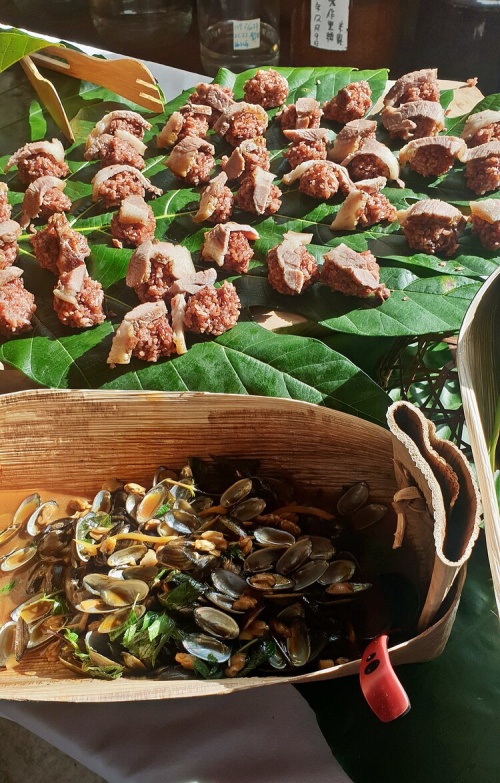
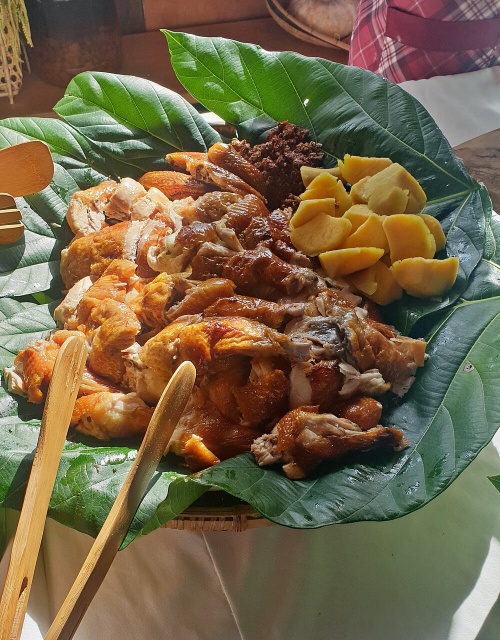
During the meal there was a performance by the women of the village who demonstrated some traditional harvest and food preparation techniques. Guests then have the chance to try these themselves before heading back. Overall it was a fun and delicious experience that you will look forward to returning and exploring more of the area!
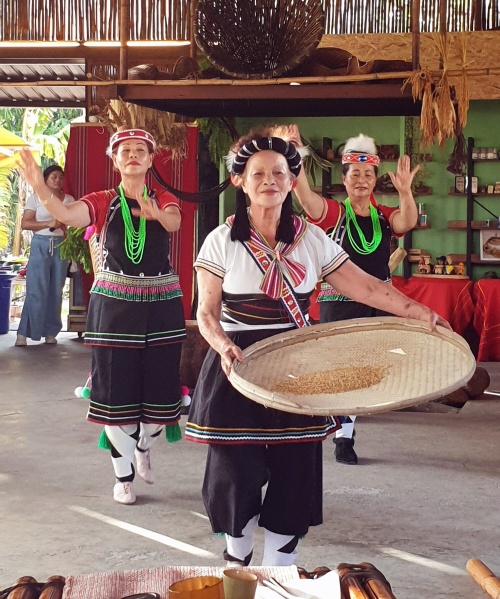
About the author : Tom Rook is an artist and creator from the UK and now lives in Taipei since 2010. For more information about him, click here.
This article is reproduced under the permission of OVER THE CITY.


